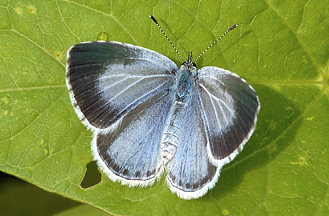eBMS database compiles data from different Butterfly Monitoring Schemes of Europe. In the eBMS database there are already more than 4000 transects in more than 15 different schemes of Europe made by butterfly volunteers. We would like to continue growing to provide better and accurate results for the improvement in the butterfly conservation.
If you have data of abundances butterfly counts, we recommend you to join our database and be part of the results produced by eBMS. One of the most important is the developement of the European Butterfly Indicators in different ecosystems to assess butterfly conservation status. To include new data in the database of eBMS is necessary to follow some requirements in the organisation of the data. Here it is explained the different tables and variables required to include new data in the eBMS database.
How to prepare your data for the eBMS database
In eBMS we use data of butterfly abundances, mainly done by transect counts. To input new data to the eBMS database is necessary to prepare the data in at least three different tables before send it.
1. Butterfly counts table:
It includes the butterfly abundances, transect ID and date
2. Visits table
All the visits done in the transects with the time and the climate variables
3.The sites coordinates table (transect coordinates)
The geographic coordinates information of the transects mentioning the projection used in your data.
To complete more your data you can include other three different tables providing the information of the habitat type in your transects and the butterfly species list (latin name and local name).These three tables are not compulsory but it would complete better your data.
The tables can be sent in several formats (preferred format: .CSV, .TXT, .RDS or .XLS) to the eBMS mail: [email protected]
To know all the required variables and the exact format of the table you can download the pdf with all the explanation of the eBMS request data. If you need more information and help to produce these tables, don't hesitate to contact [email protected]
Data format for eBMS

We can help you
Prepare the data in this format can request a lot effort and time, therefore you can send what is available in your data set and then we will adapt it to the eBMS dataset.

